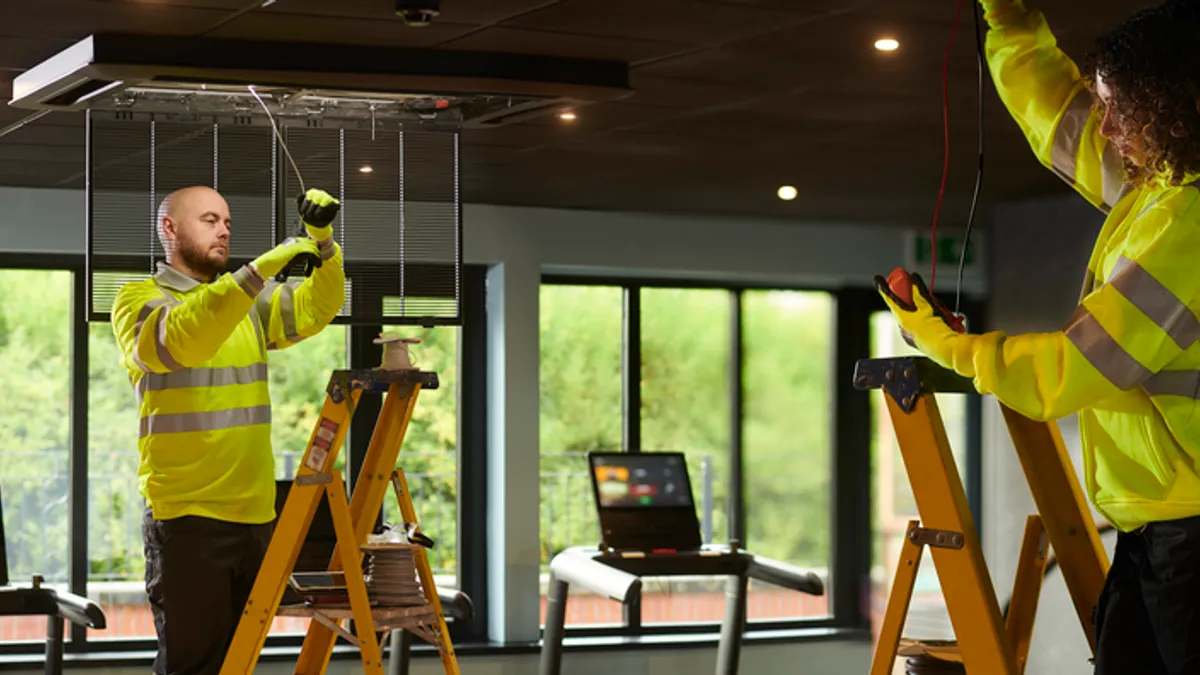Several line items in the Trump administration’s fiscal year 2026 budget proposal could impact the money available to public and private facility managers for renovations and upgrades if Congress were to keep the cuts as proposed.
In one of its most high-profile proposals, the administration is calling to eliminate community development block grants, the 50-year-old program that disburses money for building and infrastructure improvements in underserved areas. Although grant recipients are limited to state and local governments, the money is passed through to other entities, including public and private commercial property owners, for renovation, construction, conversion, demolition and relocation if the projects align with the program’s mission. Energy conservation and renewable energy projects are eligible for funds, too.
The program’s entire $3.3 billion budget would be cut.
“CDBG is poorly targeted,” the administration says in the proposal. “The program has been used for a variety of projects that the federal government should not be funding, such as improvement projects at a brewery, a plaza for concerts, and skateboard parks.”
Two U.S. Environmental Protection Agency programs are also on the chopping block: $90 million in diesel emissions reduction grants, which can be used for improvements to generators and pumps in buildings operated by schools, nonprofits and state and local governments, and $100 million in atmospheric protection grants, which can go to indoor air quality programs, including those in commercial buildings.
The diesel program grants, the proposal says, “distort the market by subsidizing select technologies,” and the atmospheric program is said to be an overreach. It “imposes unnecessary and radical climate change regulations on businesses,” the proposal says.
In a potential benefit to facilities managers, the proposal calls for a boost to trade apprenticeships by earmarking 10% of workforce training funds administered by the Department of Labor for that purpose.
“States … would have to spend at least 10 percent of their [grant funds] on apprenticeship, a proven model that trains workers while they earn a paycheck and offers a valuable alternative to college,” the proposal says.
The proposal doesn’t say what the 10% set-aside would amount to. DOL’s workforce training budget would be cut by $1.64 billion in the proposal.
The release of the budget proposal is a first step in a back-and-forth process with Congress that can take a year before a budget is passed. Administrations use the proposal to signal their policy priorities, but Congress determines what stays in or is cut. The final budget resolution doesn’t go back to the president for signature.














